Introduction
Are you looking for a flexible and powerful content management solution for your next project? If so, you may want to consider using a headless CMS. A headless CMS is a backend system that stores and manages your content, allowing you to deliver it to any platform or device using APIs. This makes it an ideal solution for modern, agile organizations that need to deliver content to a wide range of channels and devices.
In this article, we'll introduce you to the best open-source headless CMS options available. We'll cover the features, capabilities, and pros and cons of each platform, helping you find the right solution for your needs. Whether you're looking to build a website, mobile app, or any other type of digital content, a headless CMS can help you manage and deliver your content in a more efficient and effective way. So without further ado, let's dive in and explore the best open-source headless CMS options on the market!
The original source of this article can be found here.
Strapi 🔗
Strapi is an open-source headless CMS built with Node.js and MongoDB. It offers a flexible and powerful content management solution for building modern, agile applications.
One of the key features of Strapi is its ability to quickly and easily create custom content types and fields. This allows you to structure your content in a way that makes sense for your business, and manage it through a user-friendly interface. Strapi also offers a wide range of integrations with other platforms, including popular static site generators like Gatsby and Next.js.
In addition to its content management capabilities, Strapi also offers a robust set of security features, including user authentication, role-based access control, and data validation. This makes it a secure and reliable choice for managing sensitive content.
Overall, Strapi is a popular and well-regarded headless CMS that offers a wide range of features and integrations to help you manage and deliver your content.
Ghost 🔗
Ghost is an open-source headless CMS built with Node.js and Handlebars.js. It offers a lightweight and intuitive content management solution for building modern websites and applications.
One of the key features of Ghost is its clean and simple user interface, which makes it easy to create, edit, and publish content. Ghost also offers a wide range of integrations with popular static site generators, including Gatsby, Next.js, and Nuxt.js.
In addition to its content management capabilities, Ghost also offers a robust set of security features, including user authentication, role-based access control, and data validation. This makes it a secure and reliable choice for managing sensitive content.
Overall, Ghost is a popular and well-regarded headless CMS that offers a lightweight and intuitive content management solution for building modern websites and applications.
Directus 🔗
Directus is a headless CMS built with PHP and MySQL that offers a flexible and intuitive content management interface. It is designed to be easy to use and customize, making it a popular choice for developers and content creators alike.
Some of the key features of Directus include:
- Custom content types and fields: Directus allows you to create custom content types and fields, giving you complete control over the structure of your content.
- User roles and permissions: Directus offers a range of user roles and permissions, allowing you to control who has access to different parts of the content management system.
- File and media management: Directus provides a powerful media library that allows you to easily upload, organize, and manage files and media assets.
- API-first architecture: Directus is built on an API-first architecture, which means it can be easily integrated with a wide range of platforms and devices.
- Collaboration and workflow: Directus offers a range of collaboration and workflow features, including version control, content review, and approval processes.
Overall, Directus is a feature-rich and flexible headless CMS that offers a wide range of capabilities to help you manage and deliver your content.
Contentful 🔗
Contentful is a cloud-based headless CMS that offers a wide range of features and integrations with other platforms. It is designed to be flexible and scalable, making it a popular choice for organizations of all sizes.
Some of the key features of Contentful include:
- Custom content types and fields: Contentful allows you to create custom content types and fields, giving you complete control over the structure of your content.
- Rich media support: Contentful offers powerful tools for managing and delivering rich media content, including images, videos, and audio files.
- API-first architecture: Contentful is built on an API-first architecture, which means it can be easily integrated with a wide range of platforms and devices.
- Collaboration and workflow: Contentful offers a range of collaboration and workflow features, including version control, content review, and approval processes.
- Scalability and performance: Contentful is designed to handle large volumes of content and traffic, making it a reliable choice for high-performance applications.
Overall, Contentful is a feature-rich and scalable headless CMS that offers a wide range of capabilities to help you manage and deliver your content.
ButterCMS 🔗
ButterCMS is a headless CMS built with Ruby on Rails that offers a simple and intuitive content management interface. It is designed to be easy to use and customize, making it a popular choice for developers and content creators alike.
Some of the key features of ButterCMS include:
- Custom content types and fields: ButterCMS allows you to create custom content types and fields, giving you complete control over the structure of your content.
- Rich media support: ButterCMS offers powerful tools for managing and delivering rich media content, including images, videos, and audio files.
- API-first architecture: ButterCMS is built on an API-first architecture, which means it can be easily integrated with a wide range of platforms and devices.
- Collaboration and workflow: ButterCMS offers a range of collaboration and workflow features, including version control, content review, and approval processes.
- SEO and marketing tools: ButterCMS includes a range of SEO and marketing tools, including customizable meta tags and SEO-optimized URLs.
Overall, ButterCMS is a simple and intuitive headless CMS that offers a wide range of features and integrations to help you manage and deliver your content.
GraphCMS 🔗
GraphCMS is a GraphQL-based headless CMS that offers a flexible and scalable content management solution. It was first published in 2016, and has since gained a reputation as a powerful and flexible platform for managing and delivering digital content.
Some of the key features of GraphCMS include:
- GraphQL API: GraphCMS is built on a GraphQL API, which allows you to easily query and manipulate your content in a flexible and efficient way.
- Custom content types and fields: GraphCMS allows you to create custom content types and fields, giving you complete control over the structure of your content.
- Collaboration and workflow: GraphCMS offers a range of collaboration and workflow features, including version control, content review, and approval processes.
- Internationalization: GraphCMS includes built-in support for multiple languages, allowing you to easily create and manage content in multiple languages.
- Scalability and performance: GraphCMS is designed to handle large volumes of content and traffic, making it a reliable choice for high-performance applications.
Overall, GraphCMS is a feature-rich and scalable headless CMS that offers a wide range of capabilities to help you manage and deliver your content.
Netlify CMS 🔗
Netlify CMS is an open-source headless CMS built with React that integrates seamlessly with static site generators. It is designed to be simple and intuitive, making it a popular choice for developers and content creators alike.
Some of the key features of Netlify CMS include:
- Custom content types and fields: Netlify CMS allows you to create custom content types and fields, giving you complete control over the structure of your content.
- API-first architecture: Netlify CMS is built on an API-first architecture, which means it can be easily integrated with a wide range of platforms and devices.
- Collaboration and workflow: Netlify CMS offers a range of collaboration and workflow features, including version control, content review, and approval processes.
- Rich media support: Netlify CMS offers powerful tools for managing and delivering rich media content, including images, videos, and audio files.
- Integration with static site generators: Netlify CMS integrates seamlessly with popular static site generators like Gatsby, Jekyll, and Hugo, making it an ideal choice for building fast and scalable websites.
Overall, Netlify CMS is a simple and intuitive headless CMS that offers a wide range of features and integrations to help you manage and deliver your content.
DatoCMS 🔗
DatoCMS is a cloud-based headless CMS built with Ruby on Rails that offers a wide range of features and integrations with other platforms. It was first published in 2015, and has since gained a reputation as a powerful and flexible platform for managing and delivering digital content.
Some of the key features of DatoCMS include:
- Custom content types and fields: DatoCMS allows you to create custom content types and fields, giving you complete control over the structure of your content.
- Rich media support: DatoCMS offers powerful tools for managing and delivering rich media content, including images, videos, and audio files.
- API-first architecture: DatoCMS is built on an API-first architecture, which means it can be easily integrated with a wide range of platforms and devices.
- Collaboration and workflow: DatoCMS offers a range of collaboration and workflow features, including version control, content review, and approval processes.
- Scalability and performance: DatoCMS is designed to handle large volumes of content and traffic, making it a reliable choice for high-performance applications.
Overall, DatoCMS is a feature-rich and scalable headless CMS that offers a wide range of capabilities to help you manage and deliver your content.
Sanity 🔗
Sanity is a real-time headless CMS built with Node.js and React that offers a powerful and flexible content management solution. It is designed to be fast and scalable, making it a popular choice for organizations that need to deliver large volumes of content in real-time.
Some of the key features of Sanity include:
- Custom content types and fields: Sanity allows you to create custom content types and fields, giving you complete control over the structure of your content.
- Real-time data: Sanity uses a real-time data model, which means changes to your content are reflected in real-time across all connected devices and platforms.
- API-first architecture: Sanity is built on an API-first architecture, which means it can be easily integrated with a wide range of platforms and devices.
- Collaboration and workflow: Sanity offers a range of collaboration and workflow features, including version control, content review, and approval processes.
- Scalability and performance: Sanity is designed to handle large volumes of content and traffic, making it a reliable choice for high-performance applications.
Overall, Sanity is a powerful and scalable headless CMS that offers a wide range of features and integrations to help you manage and deliver your content in real-time.
Cockpit 🔗
Cockpit is a lightweight and flexible open-source headless CMS built with PHP and MongoDB. It was first published in 2015, and has since gained a reputation as a simple and intuitive platform for managing and delivering digital content.
Some of the key features of Cockpit include:
- Custom content types and fields: Cockpit allows you to create custom content types and fields, giving you complete control over the structure of your content.
- API-first architecture: Cockpit is built on an API-first architecture, which means it can be easily integrated with a wide range of platforms and devices.
- Collaboration and workflow: Cockpit offers a range of collaboration and workflow features, including version control, content review, and approval processes.
- Rich media support: Cockpit offers powerful tools for managing and delivering rich media content, including images, videos, and audio files.
- Lightweight and flexible: Cockpit is designed to be lightweight and flexible, making it easy to customize and extend to meet your specific needs.
Overall, Cockpit is a simple and flexible headless CMS that offers a wide range of features and integrations to help you manage and deliver your content.
Conclusion
The best open-source headless CMS is one that is flexible, scalable, and easy to use. It should allow you to manage and organize your content in a way that makes sense for your business, and it should integrate seamlessly with your existing systems and platforms.
Some popular open-source headless CMS options include Strapi, Ghost, and Directus. These platforms are built with modern technologies like Node.js and MongoDB, and offer a wide range of features and integrations to help you manage and deliver your content.
Other notable headless CMS options include Contentful, ButterCMS, GraphCMS, Netlify CMS, DatoCMS, Sanity, and Cockpit. These platforms offer a variety of features and capabilities, making it easy to find one that meets your specific needs.
Ultimately, the best headless CMS for your project will depend on your specific requirements and goals. It's a good idea to research and compare different options to find the one that best meets your needs.
If you find the article worth reading please do share, comment and subscribe to our news letter, Thanks.

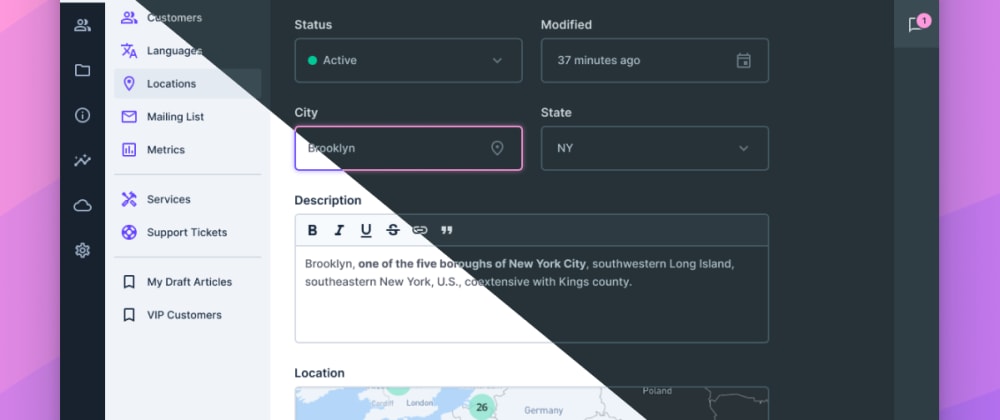
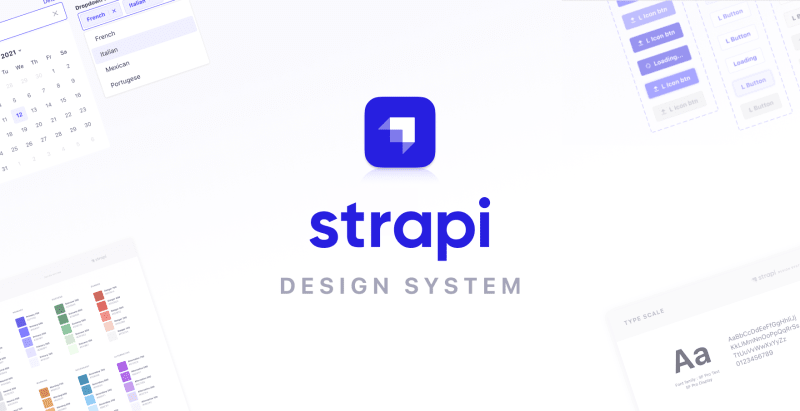

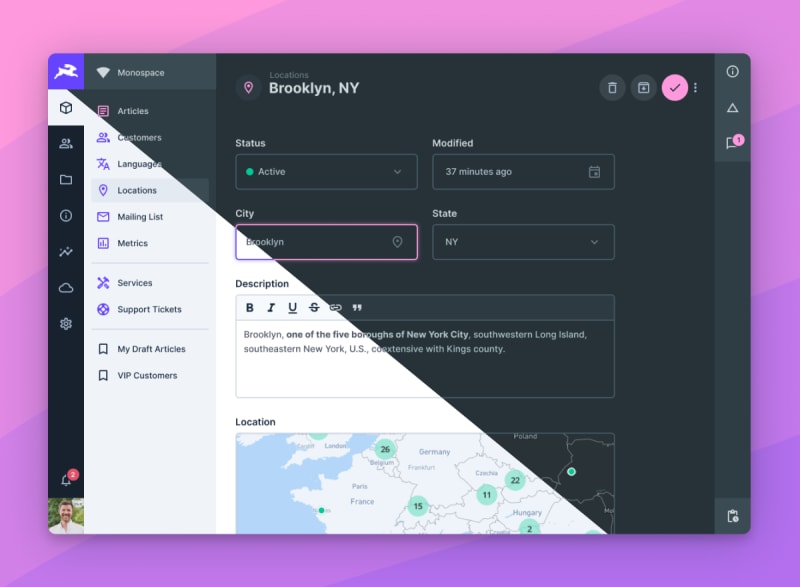
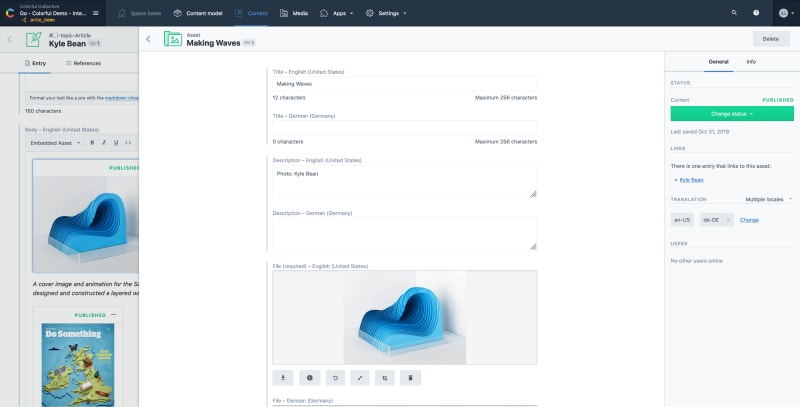


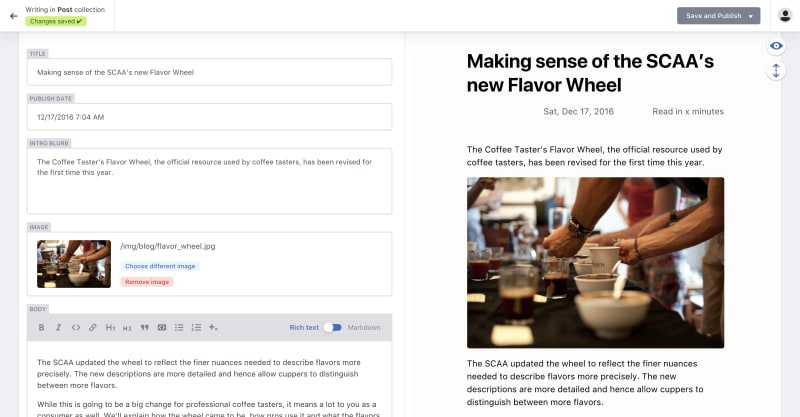
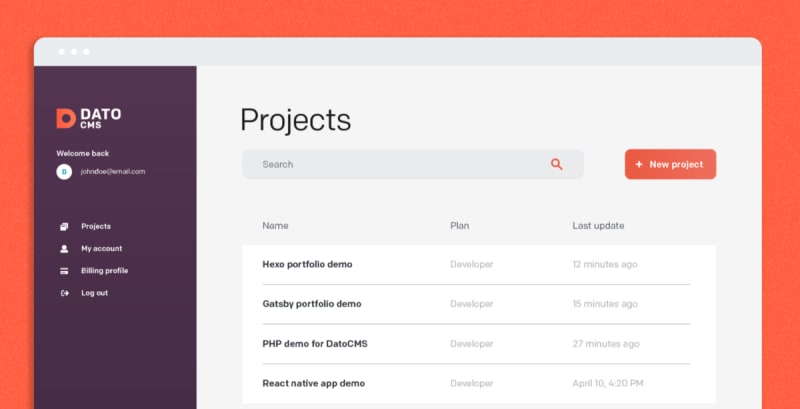

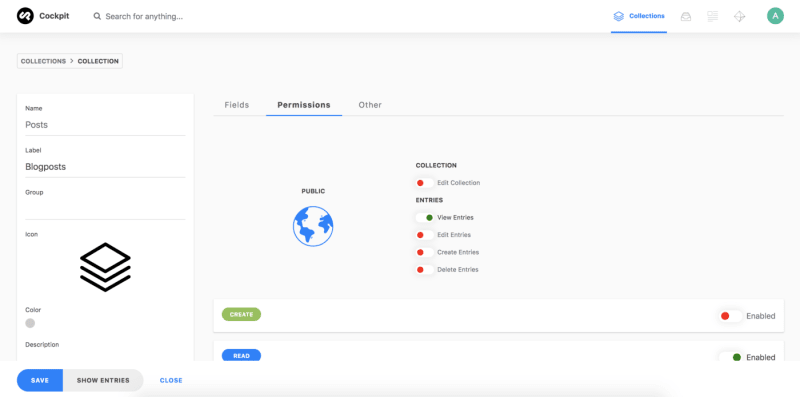





Top comments (0)